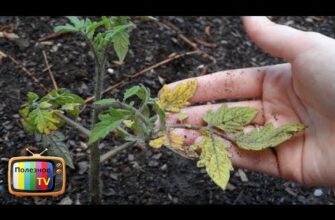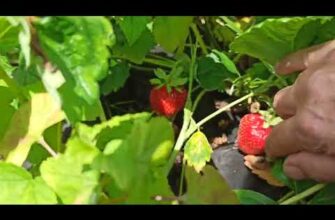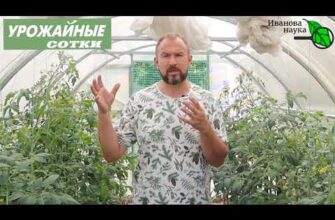- Подготовка почвы для посадки лука-репки
- Выбор места для посадки лука-репки
- Подготовка рассады лука-репки
- Правила посадки лука-репки
- Уход за посадками лука-репки
- Полив лука-репки
- Внесение удобрений для лука-репки
- Борьба с вредителями лука-репки
- Определение готовности собрать урожай лука-репки
- Сбор и хранение урожая лука-репки
- Применение лука-репки в кулинарии
- Польза и противопоказания употребления лука-репки
- Вопрос-ответ:
- Какой лучше выбрать сорт лука-репки для весенней посадки?
- Когда лучше всего проводить весеннюю посадку лука-репки?
- Какую почву выбрать для выращивания лука-репки?
- Как правильно ухаживать за луком-репкой во время выращивания?
- Как определить готовность лука-репки к сбору?
- Видео:
- ЛУК вырастет крупный, всего 3 ВАЖНЫХ правила при посадке!
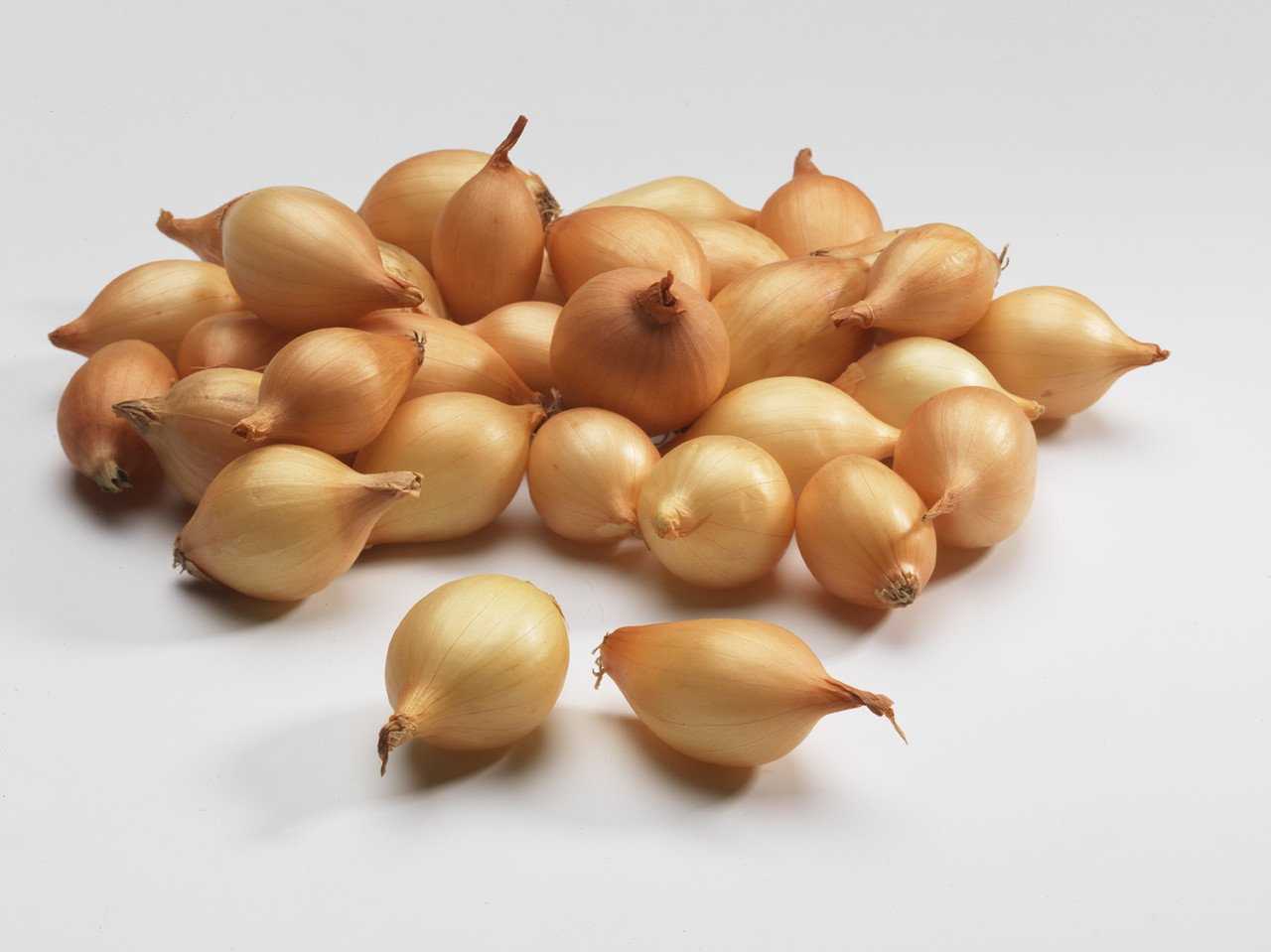
Если вы хотите вырастить вкусные и сочные лук-репки, то нужно знать, что правильная посадка и уход за растением играют важную роль в его развитии. Лук-репка является теплолюбивым растением, поэтому для успешного выращивания необходимо выбрать подходящее место и провести подготовительные работы.
Перед посадкой лук-репки необходимо подготовить почву. Она должна быть рыхлой, плодородной и хорошо дренированной. Для этого можно добавить компост или перегной. Также стоит учесть, что лук-репка предпочитает солнечные места, поэтому выбирайте участок с хорошей освещенностью.
Посадку лук-репки лучше всего делать весной, когда почва прогреется до +8 градусов по Цельсию. Растения нужно высаживать на глубину около 2-3 см и оставлять между ними расстояние около 10-15 см. После посадки растения необходимо хорошо полить и обеспечить им регулярное увлажнение на протяжении всего периода роста.
Помимо полива, лук-репка требует также регулярного рыхления почвы и удаления сорняков. Также рекомендуется удобрять растение органическими или минеральными удобрениями для повышения урожайности. Важно помнить, что лук-репка является двулетним растением, поэтому после сбора урожая на следующий год может понадобиться пересадка.
Подготовка почвы для посадки лука-репки
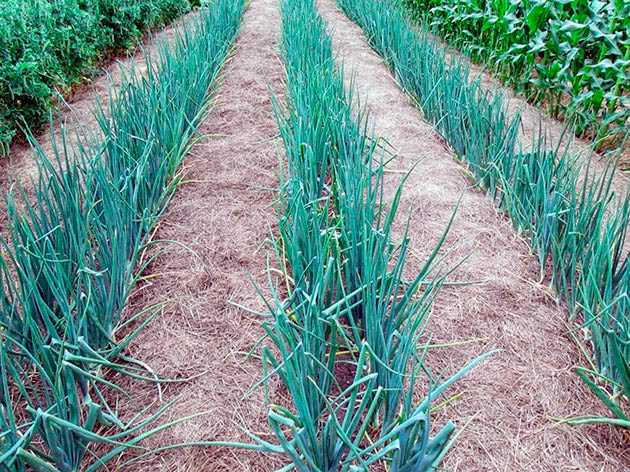
Весной, перед посадкой лука-репки, необходимо тщательно подготовить почву. Для этого важно знать, что лук-репка предпочитает рыхлую и плодородную почву.
Основные этапы подготовки почвы:
- Удалить сорняки и прочие растения, конкурирующие с луком-репкой.
- Определить кислотность почвы и, при необходимости, провести известкование для достижения оптимального pH.
- Внести органическое удобрение, чтобы улучшить плодородность почвы и обеспечить растение необходимыми питательными веществами.
После выполнения этих мероприятий почва будет готова для посадки лука-репки. Не забудьте также учесть особенности сорта и рекомендации производителя по уходу за растением.
Выбор места для посадки лука-репки
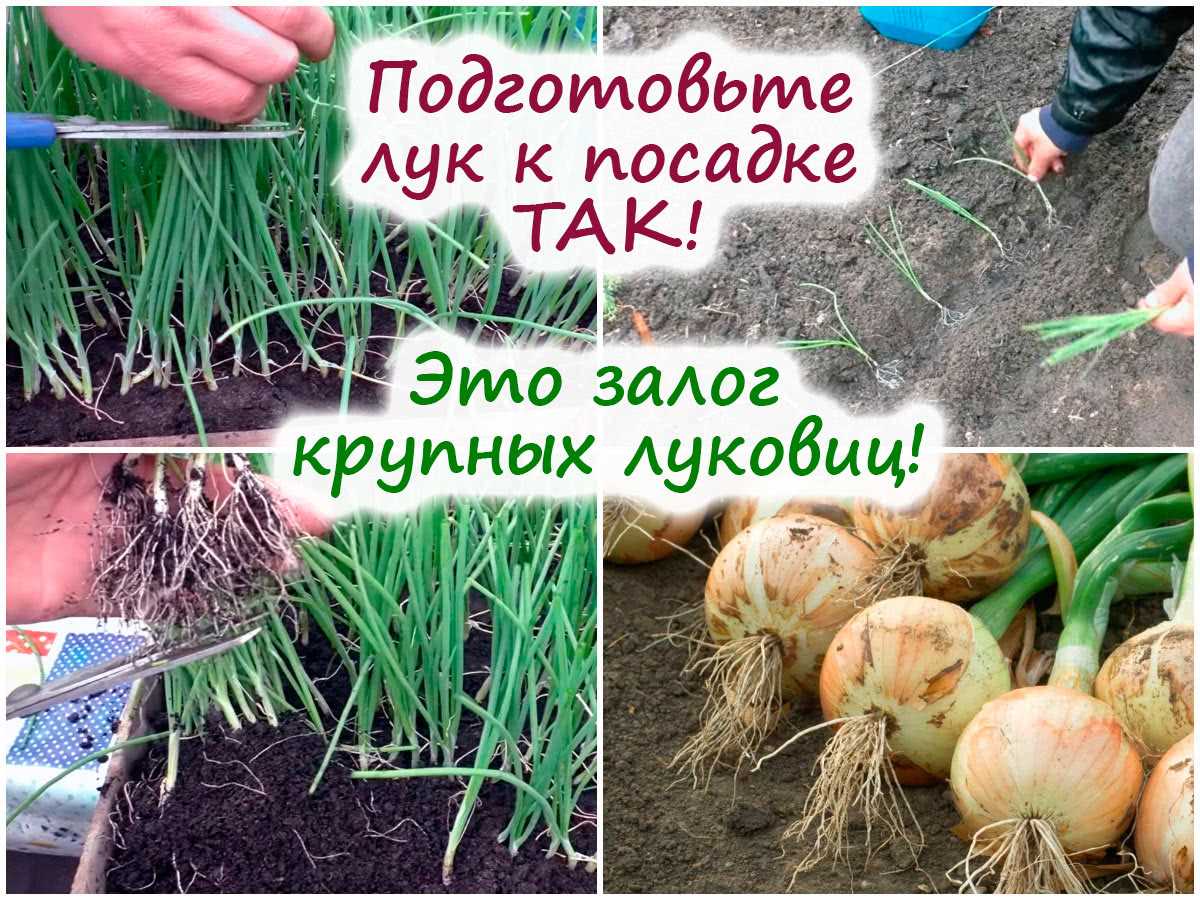
Весна — идеальное время для посадки лука-репки. Но чтобы получить хороший урожай, нужно правильно выбрать место для посадки.
Одним из самых важных факторов является освещение. Лук-репка любит яркий свет, поэтому выбирайте место, где будет достаточно солнечных лучей.
Также важно учитывать состав почвы. Лук-репке нужна рыхлая и плодородная почва, богатая органическими веществами. Перед посадкой рекомендуется провести анализ почвы, чтобы узнать, что ей необходимо для хорошего роста и развития.
Нельзя забывать и о дренаже. Лук-репка не переносит застоя влаги, поэтому выбирайте место с хорошим стоком воды. Если у вас в саду есть низины или места, где вода задерживается, то это не подходящее место для посадки лука-репки.
Учитывая все эти факторы, можно выбрать оптимальное место для посадки лука-репки и обеспечить ему правильный уход, чтобы получить хороший урожай.
Подготовка рассады лука-репки
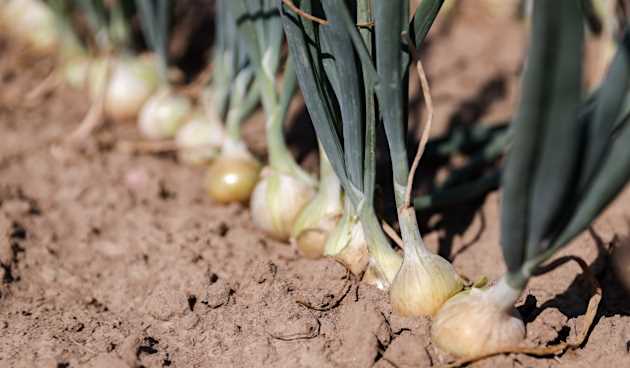
Весна — идеальное время для посадки лука-репки. Чтобы успешно выращивать этот овощ, нужно знать, что сначала необходимо подготовить рассаду.
Что нужно знать о луке-репке:
- Лук-репка — это однолетнее растение из семейства лилейных.
- Он имеет в форме репки утолщенную нижнюю часть стебля, которая хранит питательные вещества.
- Лук-репка обладает множеством полезных свойств, включая высокое содержание витаминов и минералов.
Что нужно сделать для подготовки рассады:
- Выбрать подходящий сорт лука-репки, учитывая климатические условия и предпочтения вкуса.
- Закупить семена лука-репки у проверенных поставщиков.
- Подготовить почву: она должна быть плодородной, рыхлой и хорошо дренированной.
- Семена лука-репки обработать специальным раствором для ускорения прорастания.
- Посадить семена в отдельные горшочки или контейнеры с плодородной почвой, оставляя между ними достаточное расстояние.
- Обеспечить рассаде оптимальные условия для прорастания: тепло, свет и влажность.
Итак, подготовка рассады лука-репки — важный этап в выращивании этого овоща. Знание основных шагов и правильное выполнение требований позволит получить здоровые и крепкие растения, которые потом можно будет посадить на грядки.
Правила посадки лука-репки
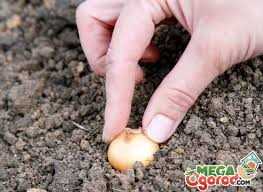
Правильный уход за лук-репкой начинается с правильной посадки. Весной, когда почва достаточно прогреется, можно приступать к посадке.
Чтобы успешно вырастить лук-репку, нужно знать несколько важных правил. Во-первых, выбирайте правильное место для посадки. Лук-репка предпочитает солнечные участки с плодородной почвой и хорошей вентиляцией.
Во-вторых, перед посадкой землю нужно хорошо подготовить. Убедитесь, что почва хорошо пропустила воду после дождя или полива. Рыхлость почвы можно обеспечить добавлением перегноя или компоста.
В-третьих, правильная посадка лука-репки предполагает правильное укладывание семян. Посев проводится на глубину около 2-3 см, с соблюдением расстояния между рядами около 15-20 см. Размещайте семена на расстоянии около 5-10 см друг от друга.
Наконец, после посадки необходимо обеспечить регулярный полив и уход за растениями. Лук-репка нуждается в достаточном количестве влаги, но избегайте застоя влаги в почве. Также важно регулярно пропалывать сорняки и рыхлить землю вокруг растений.
Уход за посадками лука-репки
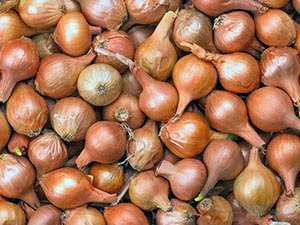
Весна — идеальное время для посадки лука-репки. Однако, чтобы получить хороший урожай, нужно знать, как правильно ухаживать за ним.
Перед посадкой лук-репку необходимо приготовить почву. Она должна быть рыхлой, плодородной и хорошо увлажненной. Также стоит добавить органическое удобрение для обеспечения растения необходимыми питательными веществами.
После посадки лук-репки нужно регулярно поливать. Она нуждается во влаге, особенно в период активного роста. Однако, следует избегать застоя влаги, чтобы не вызвать гниение луковиц.
Кроме того, важно удалять сорняки, чтобы они не конкурировали с растением за питательные вещества и пространство. Также рекомендуется регулярно рыхлить почву вокруг луковиц для обеспечения доступа кислорода и воды к корням.
Необходимо обратить внимание на защиту посадок от вредителей и болезней. Постоянное наблюдение за растениями позволит своевременно выявить и предотвратить возможные проблемы.
Важно помнить, что для успешного выращивания лука-репки необходимо обеспечить ему достаточно света и тепла. Поэтому выбирайте открытое, солнечное место для посадки.
Следуя этим советам по уходу за посадками лука-репки, вы сможете получить хороший урожай и насладиться свежими и вкусными овощами.
Полив лука-репки
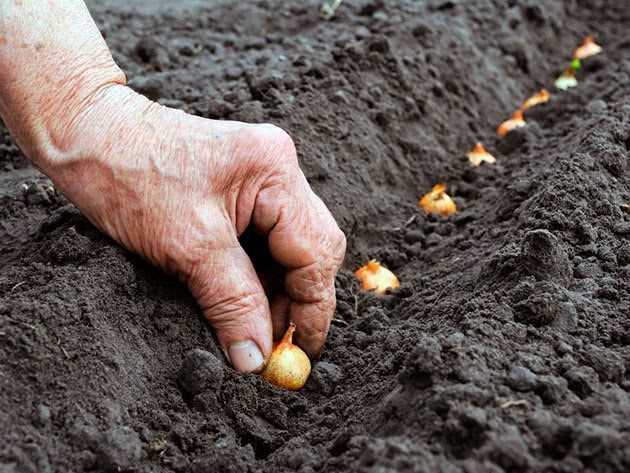
Полив является одной из важных процедур в уходе за луком-репкой после посадки. Нужно помнить, что этому овощу требуется достаточное количество влаги для полноценного роста и развития.
Что же нужно знать о поливе лука-репки весной? Во-первых, растение нужно поливать регулярно, особенно в период активного роста. Во время засухи или жарких дней следует увеличить количество поливов.
Во-вторых, стоит помнить, что лук-репка не любит переувлажнения. Переизбыток влаги может привести к гниению корней и развитию грибковых заболеваний. Поэтому важно следить за тем, чтобы почва была влажной, но не перенасыщенной влагой.
Лучшее время для полива лука-репки — утренние часы или вечер, когда солнце уже не так активно. Это позволит уменьшить испарение влаги и предотвратить ожоги листьев.
Итак, правильный полив лука-репки — это важный аспект ухода за растением весной. Следуя рекомендациям, можно обеспечить растению достаточное количество влаги и создать условия для его здорового роста и развития.
Так стоп!!! Вы всё ещё не подписаны на наши каналы в Телеграмм и Дзен? Посмотрите: ТГ - (@historyfantasydetectivechat) и Дзен (https://dzen.ru/myshortsstorys)
Внесение удобрений для лука-репки
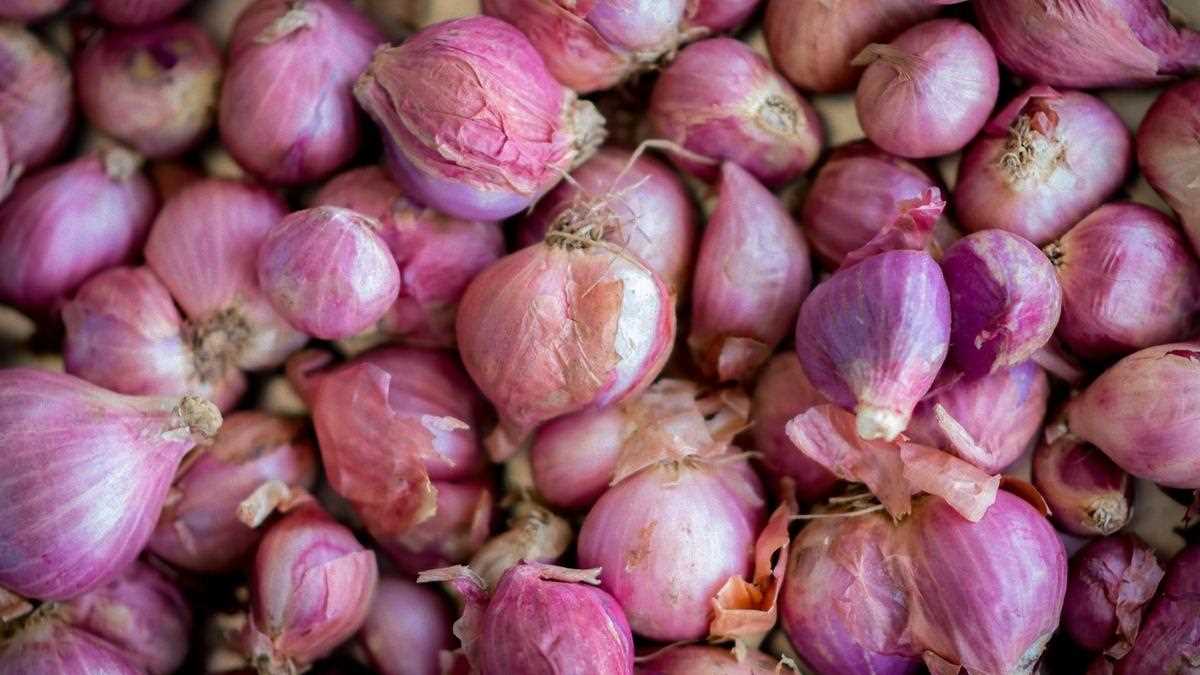
Уход за луком-репкой весной включает в себя не только посадку и полив, но и внесение удобрений. Чтобы обеспечить растения достаточным количеством питательных веществ, нужно выбрать правильное удобрение и применить его в нужное время.
Одним из наиболее эффективных удобрений для лук-репки является органическое удобрение. Оно содержит множество полезных микроэлементов и способствует образованию плодов. Органическое удобрение можно вносить как перед посадкой растений, так и в процессе их роста. Для этого необходимо равномерно распределить удобрение по всей площади грядки и аккуратно внести его в почву.
Также важно учесть, что перед внесением удобрений необходимо провести анализ почвы, чтобы определить ее состав и нужды растений в питательных веществах. На основании этих данных можно выбрать подходящее удобрение и определить его необходимое количество.
Весенняя посадка лука-репки требует дополнительных усилий по уходу за растениями. Внесение удобрений играет важную роль в обеспечении растений необходимыми питательными веществами. Правильно подобранные и внесенные удобрения помогут получить хороший урожай лука-репки и насладиться его вкусом и полезными свойствами.
Борьба с вредителями лука-репки
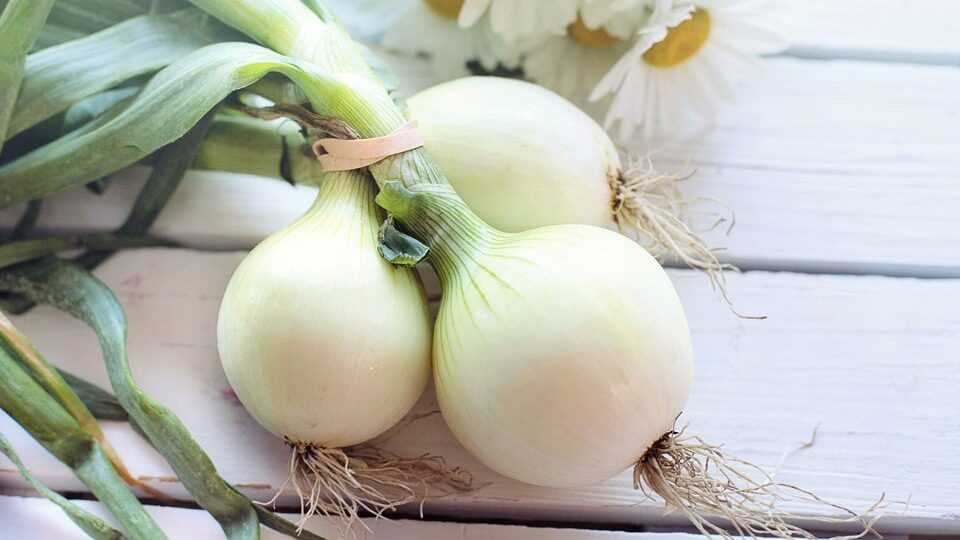
Выращивание лук-репки требует определенного ухода и внимания, чтобы избежать повреждений от вредителей. Что делать, если на вашем участке посадка лука-репки оказалась под угрозой?
Весной, когда растение только начинает расти, нужно обратить внимание на наличие луковичной мухи. Эти вредители откладывают яйца на поверхности почвы возле молодых растений. Чтобы предотвратить поражение, рекомендуется создать барьер, например, из агроволокна, который не позволит луковичной мухе приблизиться к растениям.
Еще одним вредителем лука-репки является медвежья болячка, которая питается луковицами и стеблями растений. Чтобы избежать ее появления, рекомендуется обработать почву перед посадкой особым препаратом, который отпугнет медвежью болячку.
Другим вредителем, который может нанести вред луку-репке, является гусеница луковичного мотылька. Она питается молодыми луковицами и листьями растений. Чтобы бороться с этим вредителем, нужно использовать биологические препараты или применить химические средства только в самых крайних случаях.
Важно помнить, что лук-репка, как и другие овощи, может быть атакована различными вредителями, поэтому регулярный осмотр растений и превентивные меры являются неотъемлемой частью ухода за ними. В случае обнаружения вредителей, необходимо принять меры по их уничтожению, чтобы защитить свой урожай лука-репки.
Определение готовности собрать урожай лука-репки
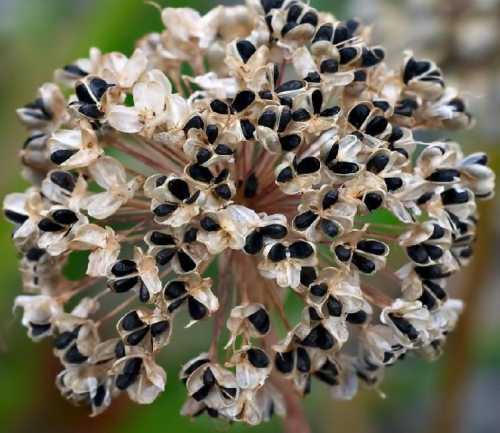
Лук-репка – это овощ, который легко выращивать весной. Но чтобы получить хороший урожай, необходимо знать, когда собирать лук-репку.
Определить готовность собрать урожай лука-репки можно по нескольким признакам. Во-первых, следует обратить внимание на внешний вид растения. Зрелая лук-репка имеет крупные листья и плотную головку. Также на поверхности лук-репки могут образовываться трещины, что говорит о том, что она готова к сбору.
Во-вторых, стоит обратить внимание на размер лук-репки. Обычно зрелые экземпляры достигают диаметра около 10-15 см. Если лук-репка имеет такие размеры, то это хороший сигнал для начала сбора.
Необходимо также учесть время посадки лука-репки. Весна – оптимальное время для посадки, и если это время уже прошло, значит, пришло время собирать урожай. Весной лук-репка обычно достигает готовности к сбору через 90-100 дней после посадки.
В заключение, определение готовности собрать урожай лука-репки основывается на внешних признаках растения, таких как размер и внешний вид. Также необходимо учитывать время посадки. Следуя этим рекомендациям, вы сможете получить вкусный и качественный урожай лук-репки.
Сбор и хранение урожая лука-репки
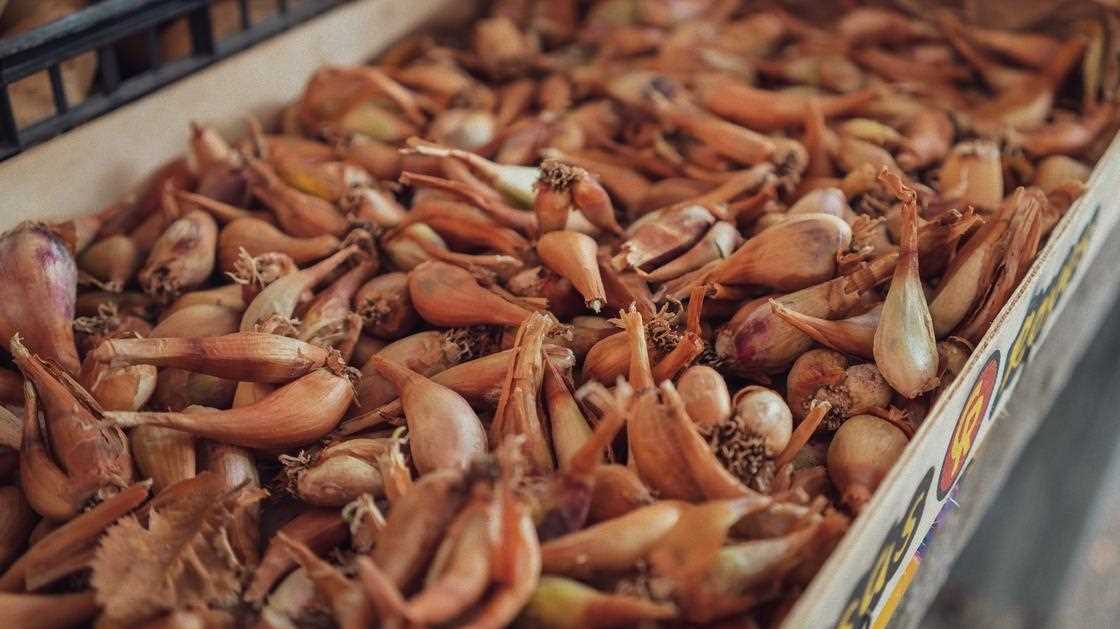
Лук-репка — это корнеплод, который хранится довольно долго, если соблюдены определенные условия. Правильный уход за луком-репкой весной поможет получить хороший урожай и сохранить его на долгое время.
Во-первых, нужно знать, что лук-репка собирается, когда листья становятся желтыми и начинают засыхать. Для сбора урожая рекомендуется использовать лопату или вилку, чтобы аккуратно выкопать корнеплоды из земли.
Во-вторых, после сбора лук-репку необходимо высушить. Для этого можно использовать теплый сухой подвал или специальные сетки для сушки. Важно помнить, что при сушке необходимо оберегать корнеплоды от прямого солнечного света.
Для долгосрочного хранения лук-репку можно уложить в ящики или сеточки с дырочками для лучшей вентиляции. Хранение должно происходить в прохладном и сухом месте при температуре около 0 градусов Цельсия.
Также стоит отметить, что лук-репка хранится лучше всего в условиях повышенной влажности. Если нет возможности создать такие условия, можно положить корнеплоды в пакеты с песком или опилками.
Применение лука-репки в кулинарии

Лук-репка — это растение, которое не только служит отличным украшением грядки весной, но и может стать вкусным и полезным ингредиентом в кулинарии.
Если вы знаете, как правильно ухаживать за луком-репкой, то у вас всегда будет в наличии свежий и сочный корень для приготовления различных блюд. И что самое важное — лук-репка хранится долго и не теряет своих полезных свойств.
Весной, когда лук-репка только начинает расти, ее можно использовать в салатах или добавлять в омлеты и супы для придания им особого вкуса и аромата.
Однако в кулинарии лук-репка чаще всего используется в приготовлении гарниров и запеканок. Мягкий и сочный корень отлично сочетается с мясом, рыбой и овощами. Он может быть отварен, запечен или обжарен. Из лука-репки можно приготовить вкусные котлеты, запеканки, пюре или жареные кольца — вариантов множество!
Так что, если вы хотите разнообразить свой рацион и попробовать что-то новое, обязательно познакомьтесь с применением лука-репки в кулинарии. Вы не пожалеете!
Польза и противопоказания употребления лука-репки
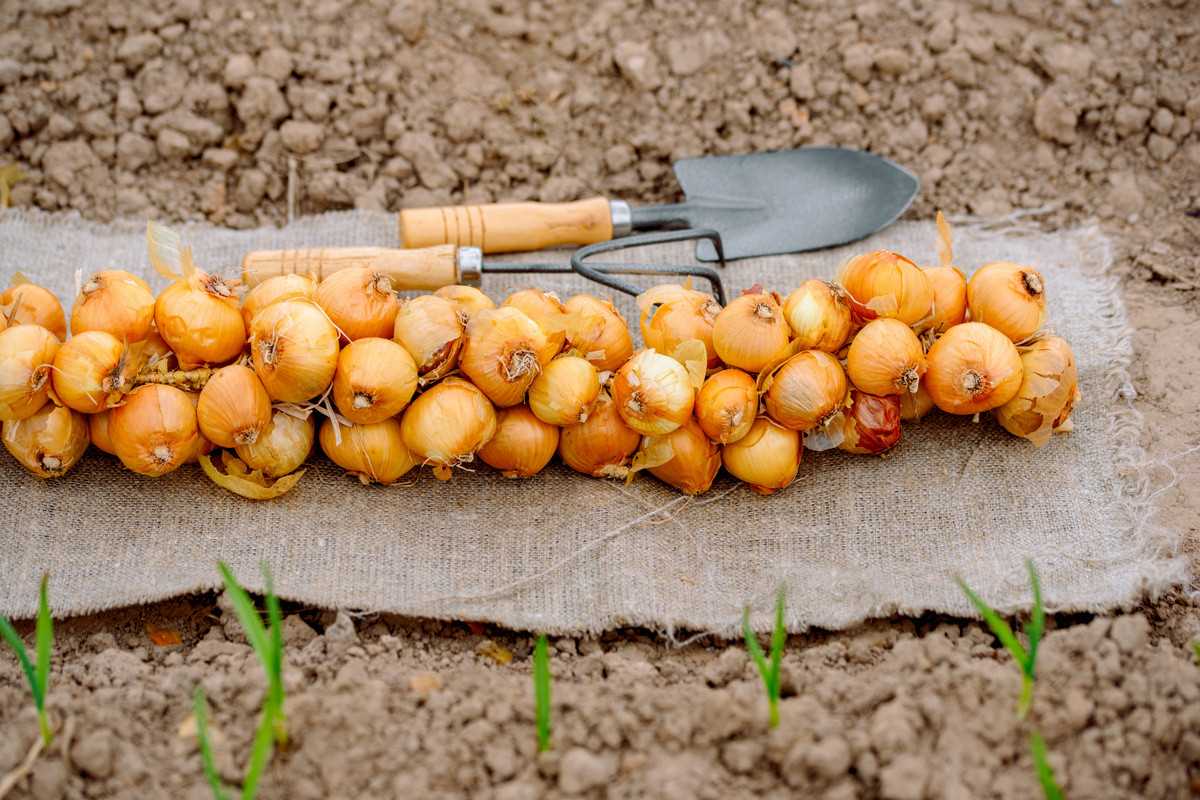
Лук-репка — это овощ, который не только отлично украшает огород своими красивыми листьями, но и является ценным продуктом питания. Имеет широкий спектр полезных свойств и противопоказаний.
Польза употребления лука-репки заключается в высоком содержании витаминов и минералов. В нем присутствует витамин С, который укрепляет иммунную систему и повышает устойчивость организма к инфекциям. Кроме того, лук-репка содержит витамины группы В, которые необходимы для нормальной работы нервной системы.
Также лук-репка богата различными микроэлементами, такими как калий, кальций, железо и медь. Они способствуют нормализации обменных процессов в организме и укрепляют костную ткань. Лук-репка содержит антиоксиданты, которые защищают клетки от воздействия свободных радикалов и предотвращают развитие раковых заболеваний.
Однако, несмотря на все полезные свойства, есть некоторые противопоказания к употреблению лука-репки. Лук-репка содержит вещества, которые могут вызвать аллергическую реакцию у некоторых людей. Поэтому, перед включением этого овоща в рацион питания, необходимо узнать, нет ли у вас аллергии на лук-репку.
Также, лук-репка может быть противопоказана при заболеваниях желудочно-кишечного тракта, таких как гастрит и язва желудка. Он может вызвать раздражение слизистой оболочки и усугубить существующие проблемы.
Вопрос-ответ:
Какой лучше выбрать сорт лука-репки для весенней посадки?
При выборе сорта лука-репки для весенней посадки стоит обратить внимание на такие параметры, как устойчивость к болезням и вредителям, созревание, вкусовые качества и урожайность. Некоторые из популярных сортов, подходящих для весенней посадки, включают «Алла», «Баллада», «Ред Булл» и «Витаминка».
Когда лучше всего проводить весеннюю посадку лука-репки?
Весенняя посадка лука-репки обычно проводится в начале весны, когда почва прогрелась до определенной температуры. Лук-репку следует сажать, когда температура почвы достигает около 10 градусов Цельсия. Это обычно происходит в конце апреля или в начале мая, в зависимости от региона.
Какую почву выбрать для выращивания лука-репки?
Для выращивания лука-репки лучше всего подходит рыхлая, плодородная почва с нейтральной или слабокислой реакцией. Хорошая дренажная система также важна, чтобы предотвратить залегание воды, которое может привести к гниению корней. При необходимости можно добавить компост или перегной для улучшения плодородия почвы.
Как правильно ухаживать за луком-репкой во время выращивания?
Ухаживать за луком-репкой во время выращивания включает в себя следующие меры: регулярное поливание, подкормки удобрениями, удаление сорняков, рыхление почвы, защита от вредителей и болезней. Также важно следить за тем, чтобы лук-репка получала достаточно солнечного света и воздуха.
Как определить готовность лука-репки к сбору?
Лук-репка готова к сбору, когда листья начинают желтеть и сохнуть. Обычно это происходит через 90-120 дней после посадки. Чтобы проверить готовность лука-репки, можно вынуть одну из репок из почвы и проверить состояние ее внутренних слоев. Если они кажутся зрелыми и хорошо сформированными, значит, лук-репка готова для сбора.


